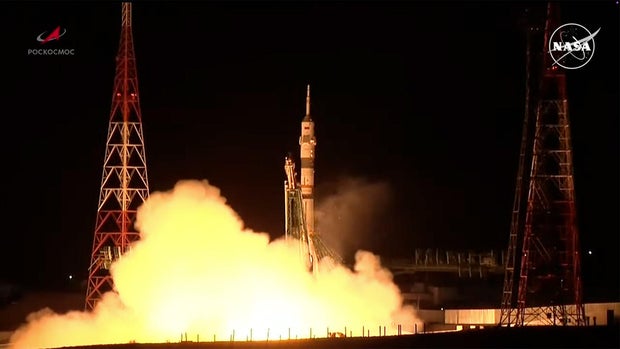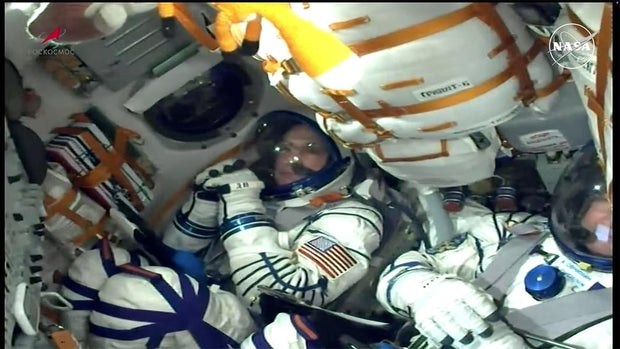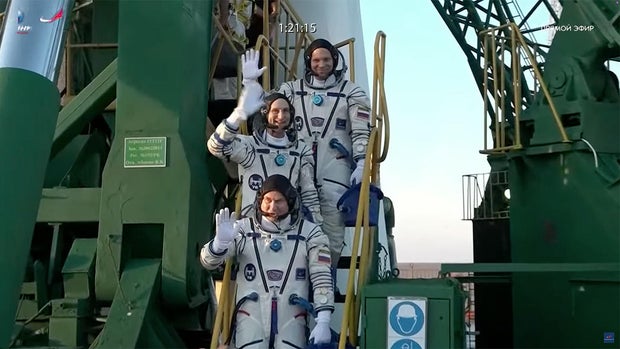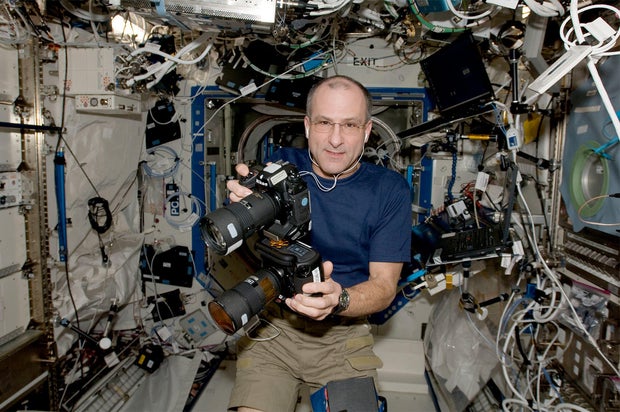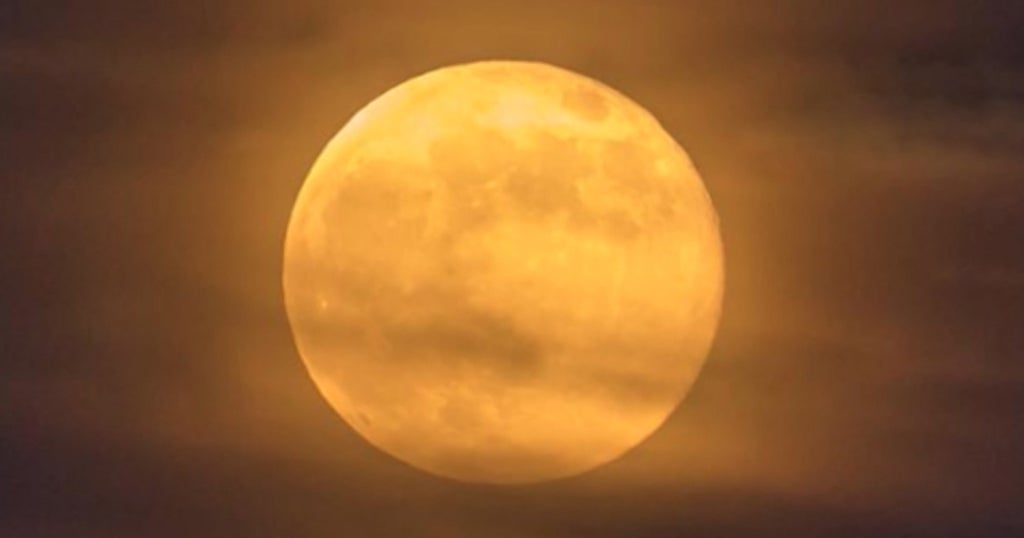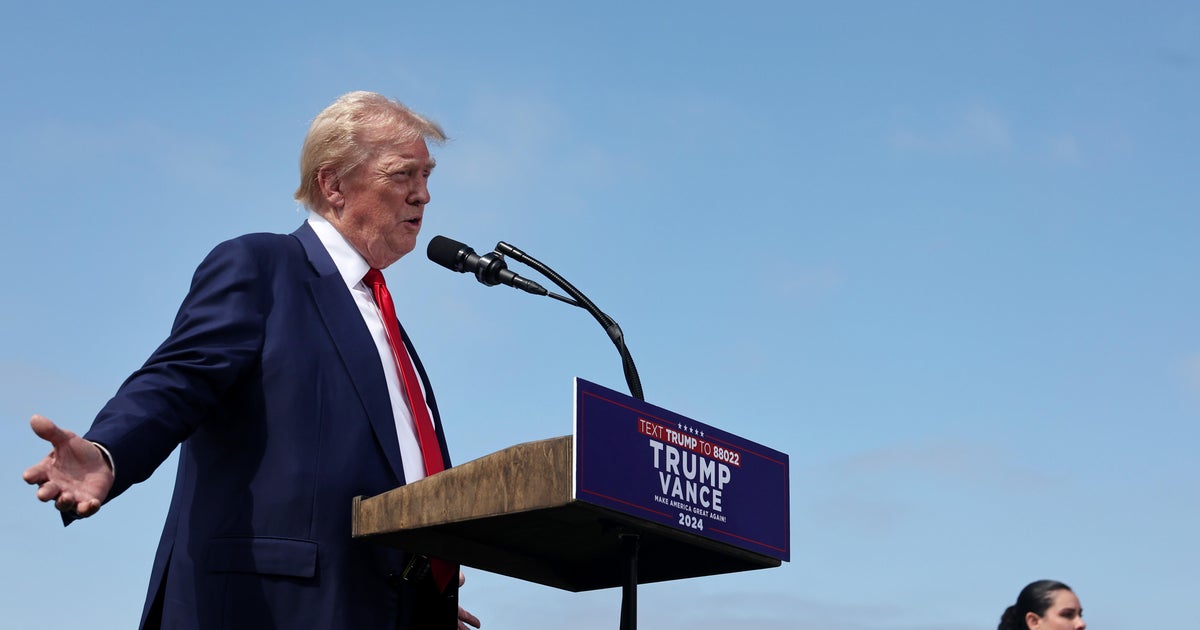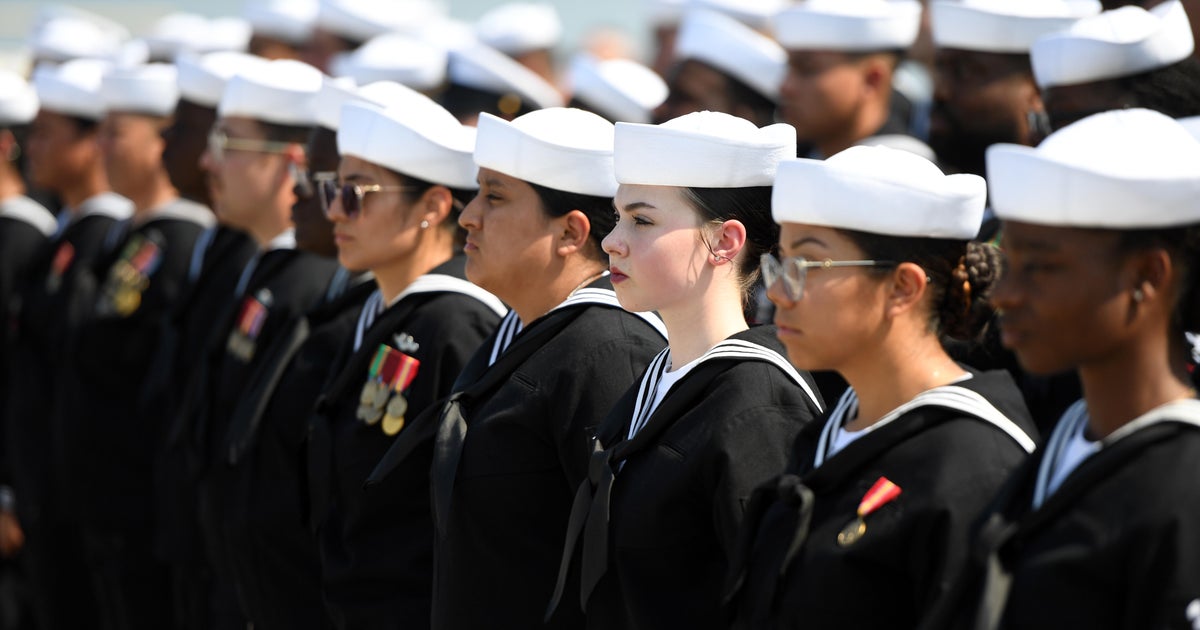NASA astronaut joins 2 Russian cosmonauts for Soyuz flight to space station
While the commercial Polaris Dawn crew geared up for the first non-government spacewalk, a NASA astronaut and two Russian cosmonauts took off on a more traditional spaceflight Wednesday, launching to the International Space Station aboard a Soyuz ferry ship for a six-month tour of duty.
Space station veteran Donald Pettit, NASA's oldest active-duty astronaut at 69, Soyuz MS-26/72S commander Aleksey Ovchinin and cosmonaut Ivan Vagner blasted off atop a Soyuz 2.1a rocket at the Baikonur Cosmodrome in Kazakhstan at 9:23 p.m. local time.
The climb to orbit went smoothly, and nine minutes after liftoff, the Soyuz was released to fly on its own.
The launching boosted the total number of people in orbit at one time to a record 19, flying on four different spacecraft: nine aboard the space station, four aboard the Polaris Dawn Crew Dragon, three aboard China's space station and three aboard the Soyuz.
It is Pettit's fourth spaceflight since his first station visit in 2002-03, and his first launch in 12 years.
The the most "profound" change he's noticed since his last flight is the "number of people that are flying in space right now, partly due to our international partners, partly due to the commercial providers that we now have and then the private astronauts," he told an interviewer before launch.
"I think space is a hopping place right now," he added. "It is starting to open up like the wild west, and and I think we are going to see an incredible expansion of humans living and working in an orbital environment."
The privately-financed Polaris Dawn flight, chartered by billionaire Jared Isaacman, launched from the Kennedy Space Center Tuesday and has already set a new post-Apollo altitude record for a piloted spacecraft.
Overnight, Isaacman and crewmate Sarah Gillis, a SpaceX crew trainer, plan to carry out the first non-government spacewalk, the first such commercial excursion in the vacuum of space in the more than 470 government-sponsored spacewalks to date.
The Soyuz launching was timed to set up a two-orbit rendezvous with the International Space Station that went off without a hitch. The spacecraft docked at the Earth-facing Rassvet module three hours and nine minutes after launch.
Standing by to welcome the new crew on board was the Soyuz crew they are replacing, commander Oleg Kononenko, Nikolai Chub and NASA astronaut Tracy Dyson, along with NASA's Crew 8 fliers — commander Matthew Dominick, Mike Barratt, Jeanette Epps and cosmonaut Alexander Grebenkin.
Also on board: Starliner commander Barry "Butch" Wilmore and pilot Sunita Williams, now more than three months into an unexpected eight-and-half-month stay.
They originally planned a short eight-day visit to the station during a test flight of Boeing's Starliner spacecraft. But helium leaks and thruster problems prompted NASA to bring the Starliner back to Earth early on Saturday without its crew. Wilmore and Williams now will come home in February aboard a SpaceX Crew Dragon ferry ship.
Always matter of fact, Pettit offered a deadpan reply to a reporter who asked what he looked forward to the most after reaching the space station.
"After the the the hatches are open and we've done all our congratulatory hugs of our crew mates, I'm probably going to make a beeline straight for the toilet," he said. "Then the (multi-window) cupola."
Kononenko and Chub, joined by NASA astronaut Loral O'Hara, were launched aboard a different Soyuz on Sept. 15, 2023. O'Hara spent six months aboard the station and returned to Earth with two other cosmonauts last April, leaving Kononenko and Chub behind on the station to complete a year-long mission.
Dyson flew up to the station in March to replace O'Hara and will join Kononenko and Chub aboard the same spacecraft when they return to Earth on Sept. 23. At touchdown, Kononenko will have logged 1,111 days in orbit during his five missions, setting a new record for the most cumulative time space.
Pettit, who holds a doctorate in chemical engineering, is a three-flight veteran with a total of 370 days in space. He last flew aboard the space station in 2011-2012, becoming a popular figure with his impromptu "Saturday morning science" experiments demonstrating unusual aspects of weightlessness with MacGyver-like ingenuity.
Among his more popular demonstrations: a foldable, open plastic container he invented for drinking coffee in the absence of gravity. His makeshift "cup" relied on a specific shape and surface tension to keep the coffee in the container while funneling the liquid to the edge for sipping.
"This may very well be what future space colonists end up using when they want to have a celebration and do a toast, they can sip their coffee and their tea from cups like this, like we do down here on Earth, without having to suck them from a bag," he said 15 years ago on NASA TV. The YouTube video has been viewed 3 million times.
In the 12 years since his last flight, Pettit has mentored younger astronauts and helped with planning for NASA's Artemis moon program. But he never lost the urge to fly aboard the space station again.
"I miss being up in space every day," he told an interviewer before launch. "I feel like the equivalent of a cowboy that should be out on the range riding the horse and instead, I'm flying a desk. It's nice to be getting back on the horse and going out on the range again."
Pettit's professional focus is on space station research but he is an accomplished amateur astronomer and photographer who's looking forward to working with new lenses capable of high-resolution night views of Earth, cities and other especially intriguing targets.
"One of my specialties is imagery at nighttime," he said. "The nighttime Earth is very special to me. I'm an amateur astronomer, and ... it's not just looking at Earth, it's looking at the Earth, the horizon, the atmosphere on edge, and all the natural phenomenology that happens from the viewpoint of being in orbit.
"And I'm really looking forward to advancing the imagery of nighttime. I've actually talked NASA into flying a number of new lenses highly optimized for nighttime imagery, and they just arrived on station. So I'm looking forward to putting these nighttime optimized lenses to use."
The arrival of Pettit, Ovchinin and Vagner is the first step in a carefully orchestrated set of launches and landings carried out twice a year to replace the space station's seven long-duration crew members.
Kononenko, Chub and Dyson will undock and return to Earth on Sept. 23. The next day, NASA and SpaceX plan to launch another Crew Dragon carrying astronaut Nick Hague and cosmonaut Alexander Gorbunov to the station.
The Crew Dragon normally carries four long-duration station fliers, but NASA removed two astronauts — Stephanie Wilson and Zena Cardman — from the Crew 9 mission to free up seats for use by Wilmore and Williams when they return to Earth with Hague and Gorbunov in late February.
In the meantime, Hague, Wilmore, Williams and Gorbunov will replace Dominick, Barratt, Epps and Grebenkin, who plan to return to Earth around Oct. 1.
